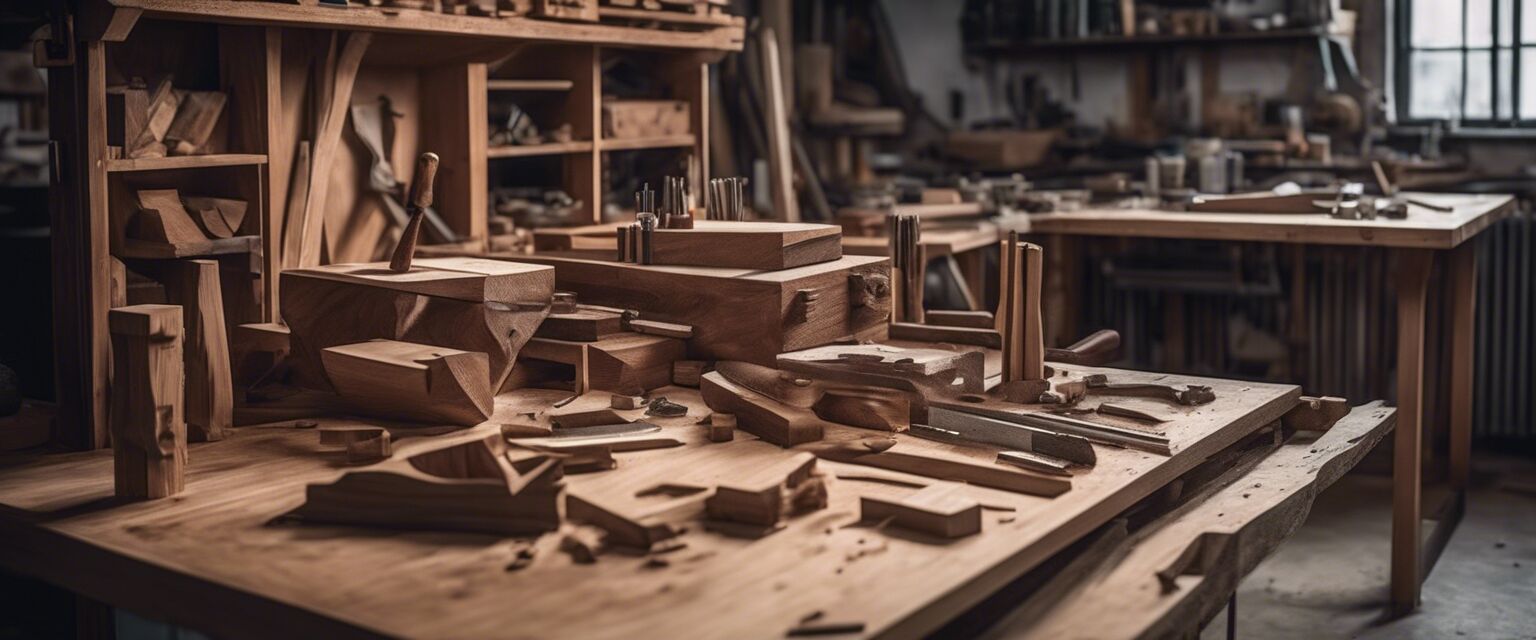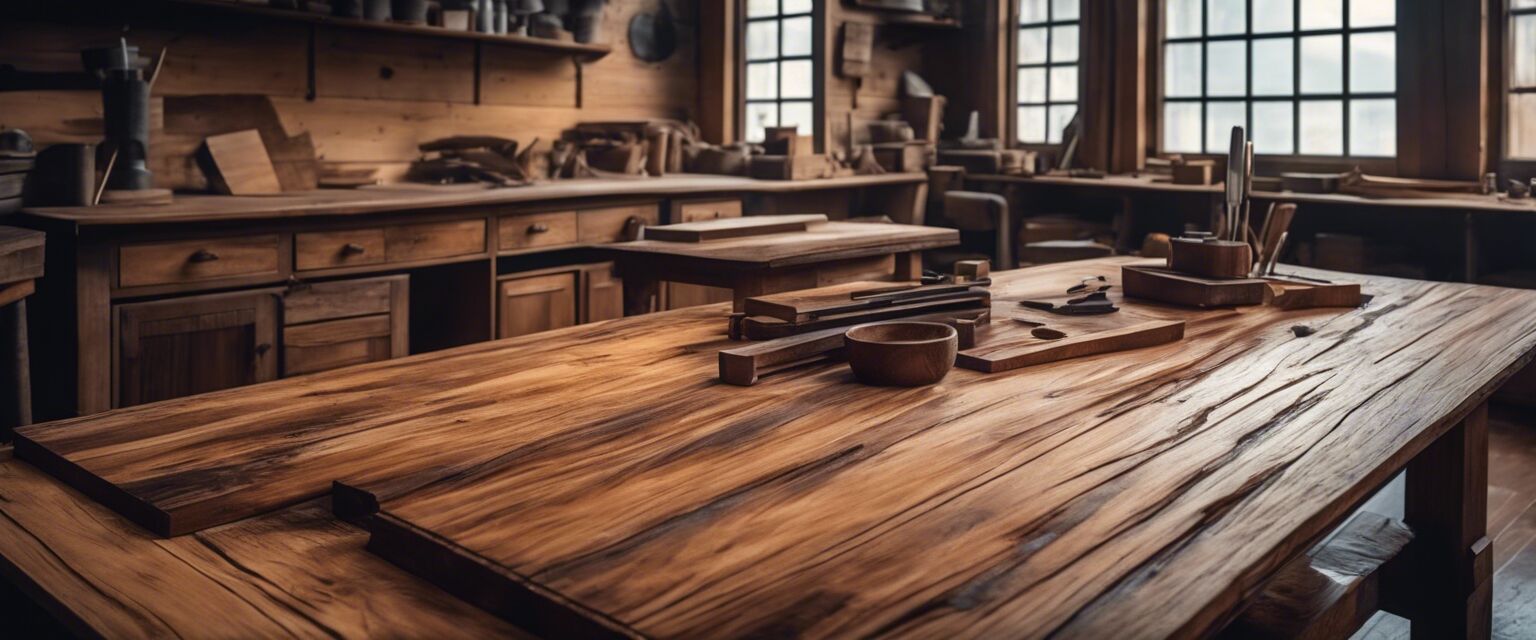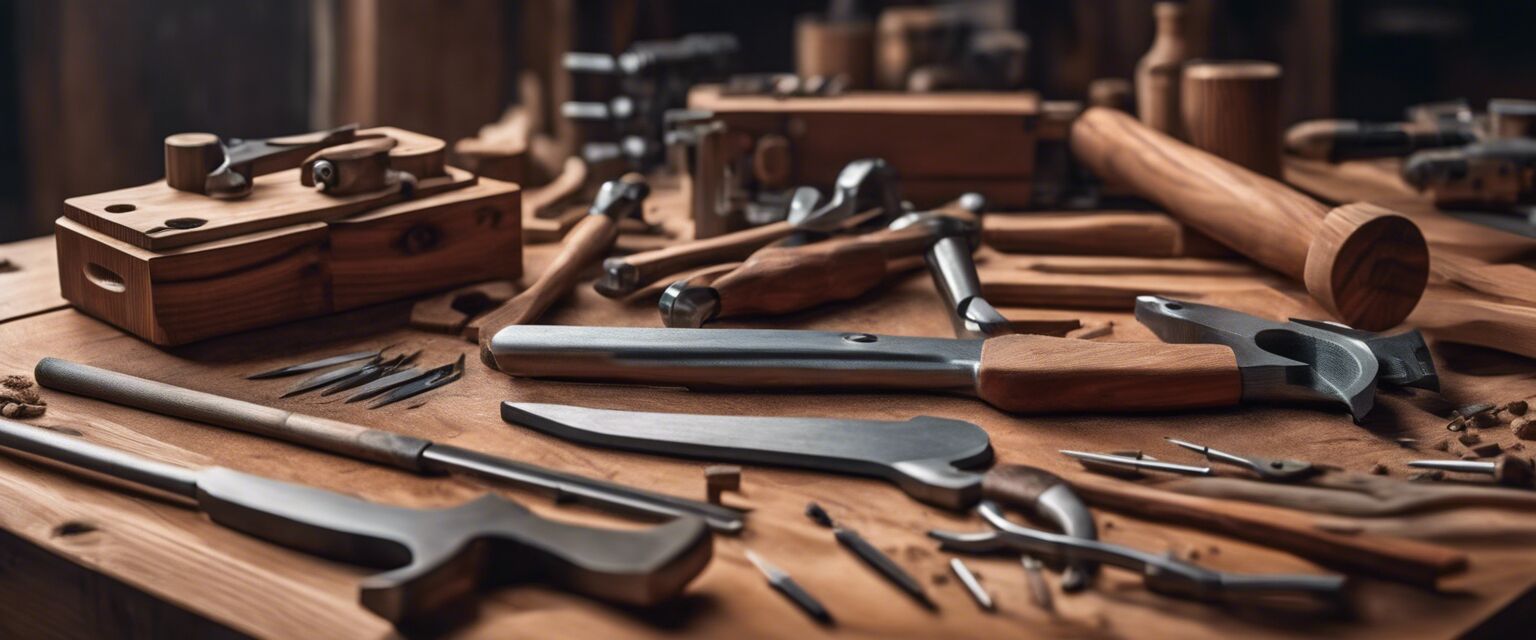
Advanced Joinery Techniques
Key Takeaways
- Advanced joinery techniques enhance the strength and aesthetics of woodworking projects.
- Tools and materials play a significant role in achieving quality joints.
- Practicing different joinery methods can expand your woodworking skills.
- Choosing the right joinery method depends on the project requirements and desired finish.
In woodworking, joinery is not just about putting pieces together; itâs an art form that can make or break a project. Advanced joinery techniques can elevate your creations, allowing for strong, visually appealing, and precise connections. This comprehensive guide breaks down some of the most effective methods, the tools youâll need, and tips for mastering the craft. Whether you are a seasoned woodworker or a passionate beginner, these techniques will enhance the quality of your work.
Understanding joinery techniques
Joinery refers to the methods used to connect pieces of wood together. The right joinery technique will depend on the type of project youâre working on. Here, weâll explore some advanced techniques that are ideal for creating wooden furniture and intricate designs.
Types of advanced joinery techniques
| Joinery Technique | Description |
|---|---|
| Dovetail Joints | Strong interlocking joints often used in drawers and cabinets. |
| Mortise and Tenon | A classic technique that provides strength and stability for frames. |
| Box Joints | A visually appealing joint that increases surface area for adhesion. |
| Scarf Joints | Used to join two boards at a long length, enhancing durability. |
| Finger Joints | Great for laminating long pieces of wood, offering both strength and aesthetics. |
Essential tools for advanced joinery
Each joinery method requires specific tools. Here is a list of essential tools that will help ensure precision and quality in your projects:
- Table saws
- Dovetail jigs
- Mortisers
- Clamps
- Chisels
- Drills and drill bits
- Hand saws

Choosing the right joinery method
When working on a project, selecting the correct joinery method is crucial. Here are some factors to consider:
- Project type: What are you making? Each project type may require a different joinery technique.
- Wood type: Certain techniques work better with specific wood types due to grain and density.
- Aesthetic preferences: Is the look of the joint important for the final project? Some joints are more decorative.
- Strength requirements: How much stress will the joint need to withstand?
For more information about materials that are best suited for different joinery techniques, check our article on wood types and materials.
Common advanced joinery techniques
Dovetail joints
Dovetail joints are renowned for their aesthetic appeal and strength. This method features interlocking "tails" and "pins" and is often used in drawers. The precision of each cut is vital, which makes dovetail jigs a preferred tool among woodworkers.

Mortise and tenon joints
This classic technique has been used for centuries, and itâs still popular among woodworkers today. The mortise is a cavity cut into one piece of wood, while the tenon is the protrusion that fits snugly into the mortise. A well-fitted mortise and tenon joint offers exceptional strength for any frame-based structure.
Finger joints
Finger joints, also known as box joints, create a strong bond between two pieces of wood by cutting interlocking shapes. This method is primarily used for creating long boards from shorter pieces and can result in a beautiful pattern that adds value to the final piece.
Tips for mastering joinery techniques
Beginners Section
- Start with simpler projects to build your confidence.
- Invest in quality tools; they make a significant difference in accuracy.
- Practice measuring and cutting to ensure you get clean joints.
- Always dry fit joints before final assembly to avoid mistakes.
- Donât rush! Take your time to ensure each joint is crafted precisely.
Final thoughts
Advanced joinery techniques can truly elevate your woodworking projects, making them both stronger and more visually appealing. By mastering these methods, you can expand your capabilities and achieve professional-quality results.
Pros
- Increases the strength of wood joints
- Enhances the aesthetic quality of the project
- Offers a variety of creative designs
- Improves woodworking skills
Cons
- Can require specialized tools
- More time-consuming than simpler methods
- Requires a higher skill level
- Possibility of mistakes if not careful
Further resources
For more information and tools related to woodworking, visit our pages on woodworking tools and woodworking kits and plans.












